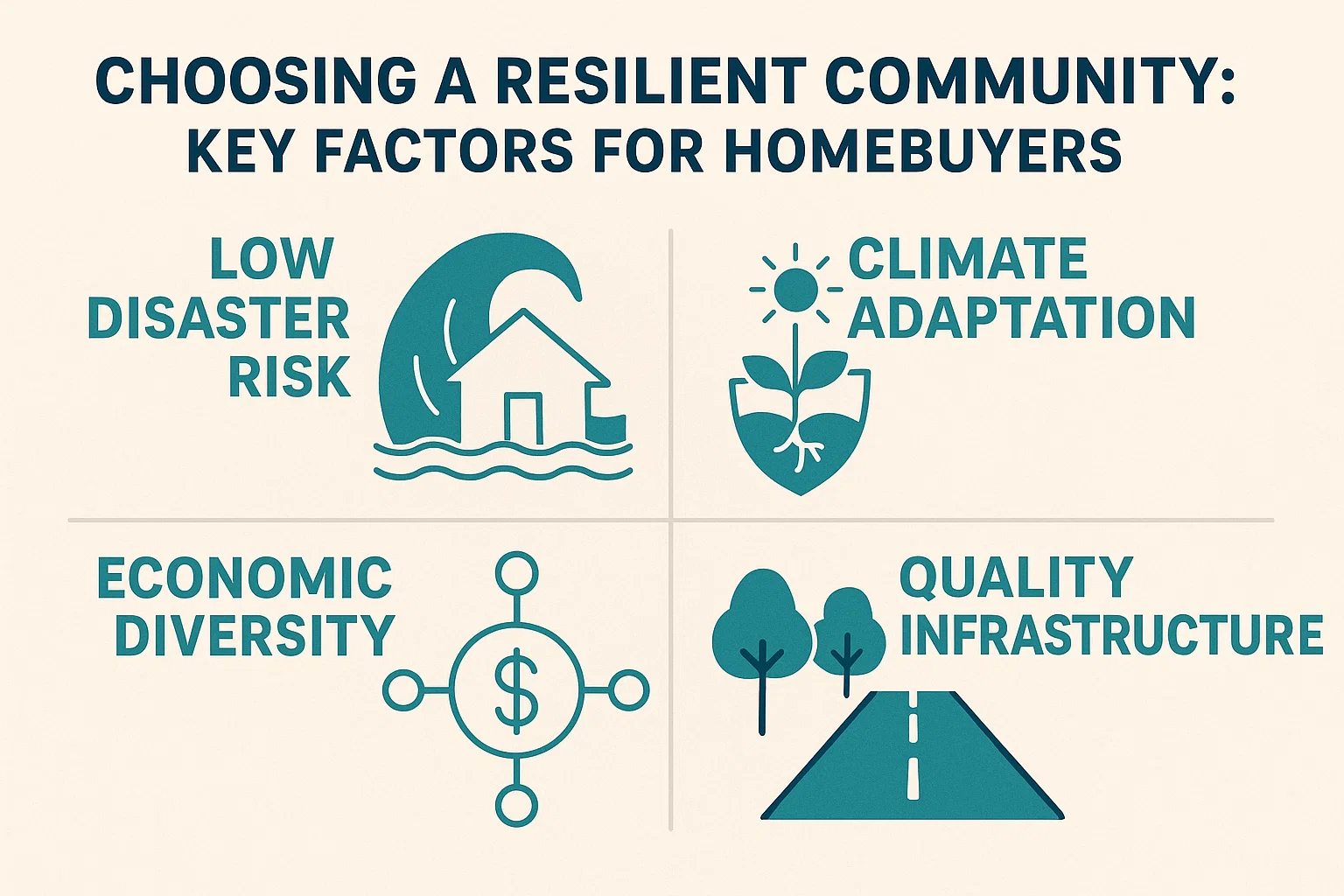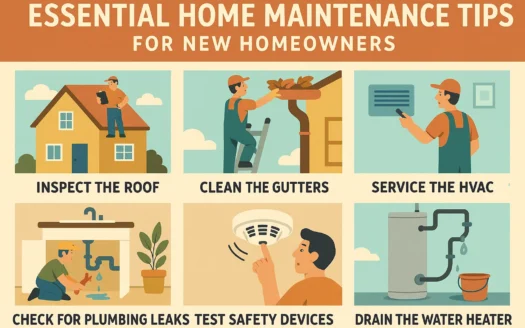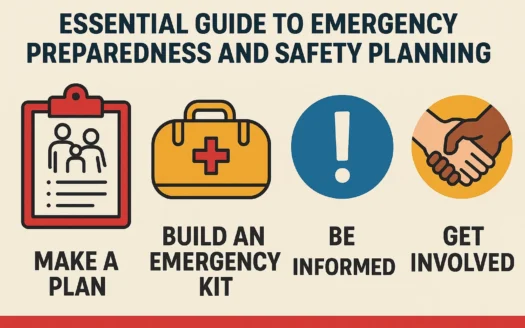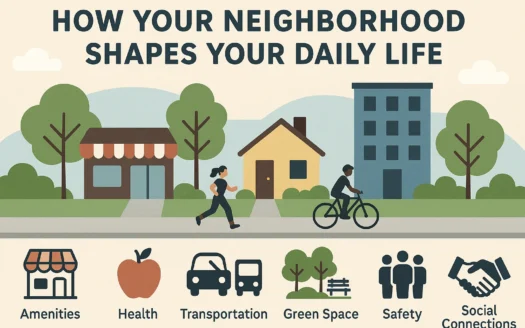Choosing a Resilient Community: Key Factors for Homebuyers

Choosing a Resilient Community: Key Factors for Homebuyers
Shopping for a new home involves more than looking at houses. It’s also about choosing a community where you want to live. Among the key factors to consider is whether your community will be resilient.
What Is a Resilient Community?
Resiliency refers to a community’s ability to recover and rebuild when a natural disaster, public tragedy, or other emergency strikes. If your home is badly damaged or destroyed, will your community be able to help you pick up the pieces?
There’s no single rating system or comprehensive score that measures community resiliency, so you’ll have to do some research to figure out how resilient various communities seem to you and whether they prioritize resiliencies that may be important to you and your family in an emergency.
Technology can help. “Technology from both the government sector and private companies allows you to go online, put in your ZIP code, find the Google map and your house, and then the data starts popping up, depending on what you are asking for,” said one expert during a recent panel on urban resilience. Data to search for might include community mental health services, emergency preparedness, disaster vulnerability, environmental awareness, and transportation, among other concerns.
Staying Safe in Your Community
Communities are doing a lot of things right when it comes to resilience. “The revival of American central cities is one of the great public policy success stories in the last 50 years, but we have been reminded as of late of the vulnerability of our cities,” noted a sustainability leader. Disasters like Hurricane Harvey and Hurricane Irma, which caused massive flooding and destruction, can be opportunities for cities to learn about recovery and teach their residents about preparedness.
One expert emphasized the importance of ongoing challenges like sea-level rise: “Governments have to make these distinctions over time, and the events become part of that education.” Education informs advocacy for infrastructure improvements to help improve resiliency. “You have to do it 365 days a year and you can’t miss that opportunity,” they added.
Getting Around in Different Ways
Transportation is another critical factor. Some advocates argue that cities could enhance resilience by revising outdated restrictions, such as allowing individuals to resell electricity or requiring high-mileage vehicles to be zero-emission. “I have plugs in my basement, my garage. I should be able to let people plug in so we can instantly populate across the United States with charging stations,” said a mobility expert.
Cities that offer walking, cycling, and multi-modal transportation options inherently build redundancy into their systems. “That builds in resiliency and redundancy, which a car-only dominated city doesn’t,” they noted.
Regional Connections
Another positive trend is cities’ reintegration into larger geographic regions. Rather than separate into silos, cities are re-integrating their housing, transportation, and job networks. “We’re seeing cities that, rather than centralize, distribute resources and connect,” said a real estate development leader.




